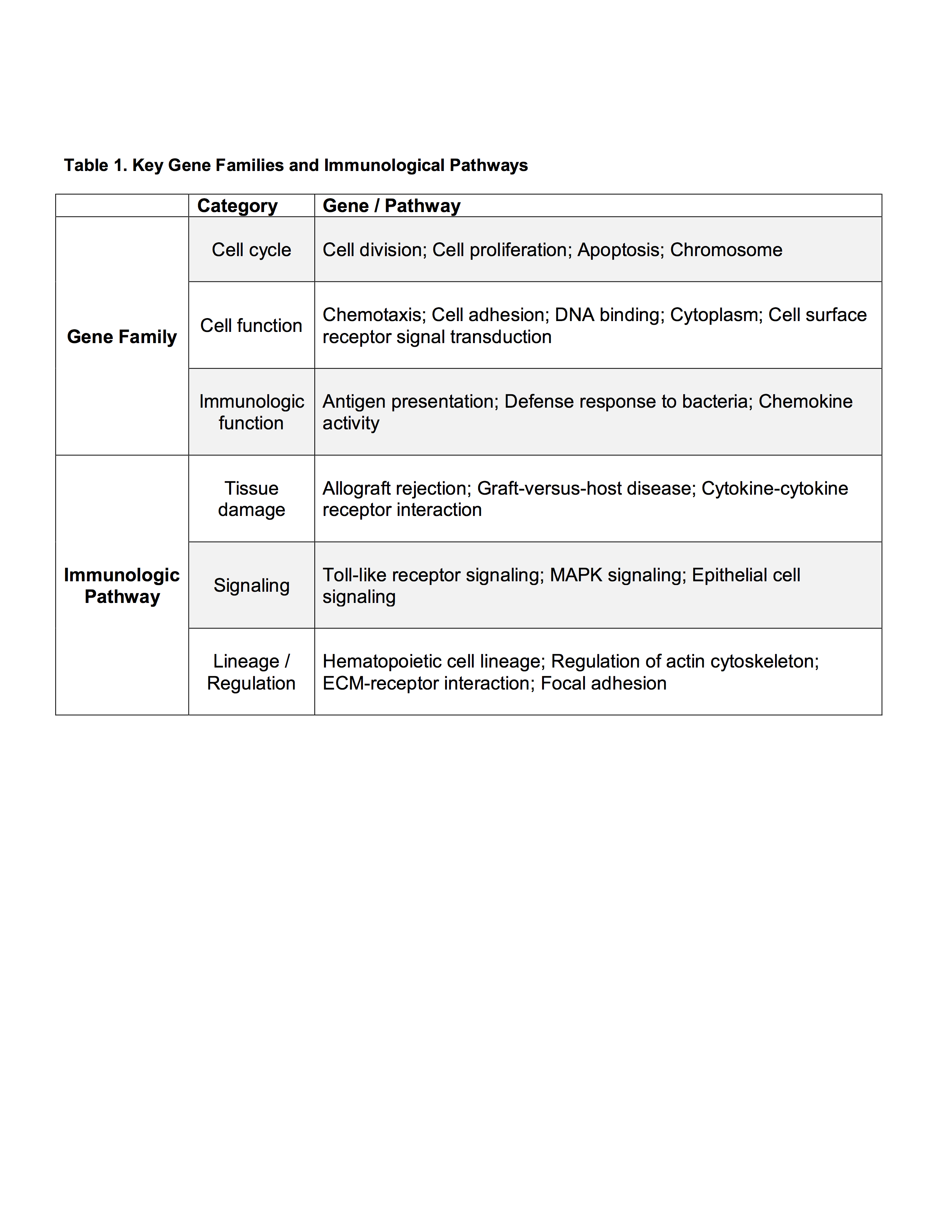K. N. Wright1, A. Motameni1, J. Lakshmanan1, B. Zhang1, B. G. Harbrecht1 1University Of Louisville,Department Of Surgery,Louisville, KY, USA
Introduction: Our laboratory previously demonstrated that coconut water decreased cytokine-induced iNOS mRNA and protein accumulation, nitrite production, and improved hepatocyte viability in our established model of in vitro hepatic inflammation. In the current study, we investigated the influence of coconut water on liver injury and inflammation and secondary lung injury after hepatic ischemia and reperfusion (IR).
Methods: Mice were randomized to drink either coconut water or standard tap water (n=6/group) for seven days prior to warm hepatic IR, where the portal vein was occluded for 60 minutes followed by reperfusion for 6 hours. Following reperfusion, liver, lungs, and serum were collected. Control sham animals were fed coconut water or standard tap water for seven days prior to laparotomy without hepatic IR. qRT-PCR was used to determine relative IL-6, IL-10, TNF-α, and iNOS mRNA levels. Alanine aminotransferase activity was determined by colorimetric assay (n=4/group). Necrosis and inflammation were assessed by whole mount hematoxylin and eosin (H&E) staining. Neutrophil infiltration was assessed by immunohistochemistry staining for myeloperoxidase.
Results: Liver injury after IR, as quantified by ALT, was attenuated in CW IR mice compared to control IR mice (783±140 U/mL vs 1892±108 U/mL, p<0.0005). CW also decreased expression of pro-inflammatory cytokines IL-6, TNF-α , and iNOS mRNA in mice liver tissue after hepatic IR as compared to control sham and CW IR mice (p<0.05). CW decreased expression of IL-6 in mice lung tissue after hepatic IR as compared to control sham and CW IR mice (p<0.05), but had no effect on expression of iNOS and TNF-α. Expression of IL-10 in lung tissue in CW sham, control IR, and CW IR mice were increased compared to control sham (p<0.05). Liver H&E staining showed decreased focal necrosis after IR in mice treated with CW. Lung H&E staining showed decreased cellular infiltrate after IR in mice treated with CW (Figure 1). Liver tissue from control IR mice showed a statistically significant increase in the number of neutrophils (55±8 per mm2) compared to control sham (21±4 per mm2) and CW IR mice (22±4 per mm2) (p<0.005). Lung tissue from control IR mice showed a statistically significant increase in the number of neutrophils (197±38 per mm2) compared to control sham (100±27 per mm2) and CW IR mice (101±18 per mm2) (p<0.05).
Conclusion: CW decreases inflammation and necrosis in liver and lung tissue of mice after hepatic ischemia and reperfusion by decreasing pro-inflammatory cytokines and neutrophil infiltration. CW could potentially be used in the clinical setting in the critically ill patient.







